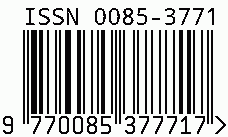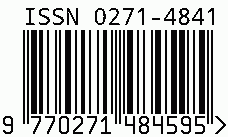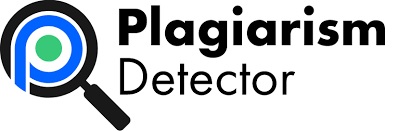Analisis Rentabilitas Dan Fungsi Produksi Usahatani Bawang Merah Di Desa Nulle Kecamatan Amanuban Barat Kabupaten Timor Tengah Selatan
(Commodity Demand Analysis of Shallot in the District of South Center Timor)
Abstract
Penelitian ini bertujuan untuk 1)Mengetahui berapa besar pendapatan usahatani bawang merah di desa Nulle, 2)Mengetahui berapa besar keuntungan relatif usahatani bawang merah di desa Nulle, 3)Mengetahui rentabilitas usahatanis bawang merah di desa Nulle, 4)Mengetahui pengaruh penggunaan input produksi terhadap produksi usahatani bawang merah di desa Nulle kecamatan Amanuban Barat kabupaten Timor Tengah Selatan.
Penelitian ini dilakukan pada bulan Juni sampai Juli 2018 dan data yang digunakan adalah data pada periode tanam tahun 2017. Analisis data dilakukan dengan menggunakan analisis deskriptif kuantitatif, analisis Pendapatan dan keuntungan relatif menurut Soekartawi , analisis Rentabilitas menurut Riyanto, dan analisis fungsi Cobb-Douglass menurut Soekartawi.
Hasil analisis yang diperoleh dari penelitian ini adalah 1) Petani di desa Nulle tidak memperoleh pendapatan, total kerugian petani bawang merah di Desa Nulle adalah sebesar Rp 37.538.643 dengan rata-rata kerugian per responden adalah sebesar Rp 528.713.2) Rata-rata keuntungan relatif atau nilai R/C ratio petani bawang merah di Desa Nulle adalah 0,84. 3) Tingkat rentabilitas yang dicapai dalam usahatani bawang merah di Desa Nulle adalah -15,53%. 4) Input yang berpengaruh nyata terhadap produksi bawang merah adalah luas lahan dan benih sedangkan tenaga kerja tidak berpengaruh nyata. Dengan koefisien determinasi sebesar 0,78 artinya variasi yang bisa dijelaskan oleh variabel bebas adalah 78% sedangkan sisanya 22% dijelaskan oleh variabel-variabel yang tidak dimasukan kedalam model regresi. Nilai F hitung 80,40 dengan signifikansi 0,000 artinya secara simultan variabel bebas (luas lahan, benih, tenaga kerja) berpengaruh nyata terdahap produksi usahatani bawang merah.
ABSTRACT
This research aims to 1) find out how many the income of shallot farming in Nulle Vilage, 2) find out how many the relative advantages of shallot farming in Nulle Vilage, 3) find out the rentability of shallot farming in Nulle Vilage, 4) find out the influence use of production inputs to the production of shallot farming in Nulle Vilage, West Amanuban Districts, Timor Tengah Selatan District.
This research was conducted in June to July 2018 and the data used was in the 2017 planting period. Data analysis was performed using quantitative descriptive analysis, income analysis and relative advantages according to Soekartawi, analysis of rentability according to Riyanto, and analysis of cobb-douglass function according to Soekartawi. The results of the analysis obtained from this study are 1) Farmers in Nulle Vilage did not get income, the total lost of shallot farmers in Nulle Vilage was Rp.37.538.642 with an average loss of pe the respondent was Rp. 528.713. 2) the average of relative advantages or the R/C ratio of the shallot farmers in Nulle Vilage was 0,84. 3) the level of rentability achieved in shallot farming in Nulle Vilage is -15,53%. 4)the input that significantly affects the production of shallot is the area of land and seeds while the labor has no significan effects. With the coefficient of determination of 0,78, it means that the variation that can be explained by the independent variable is 78%, while the remaining 22% is explained by the variables that are not entered into the regression model. F value calculated 80,40 with a significance of 0,000 which means simultaneously independent variables (land area,sed, labor) with tangible influence on the production of shallot farming.

 Maria Ratu Felisitas(1*)
Maria Ratu Felisitas(1*)














